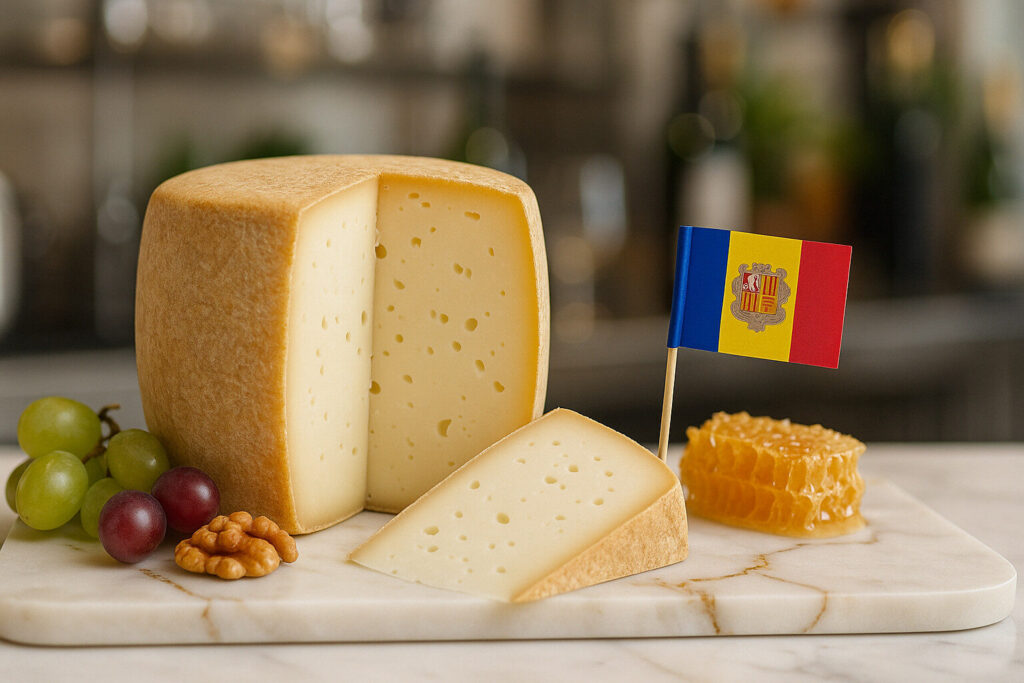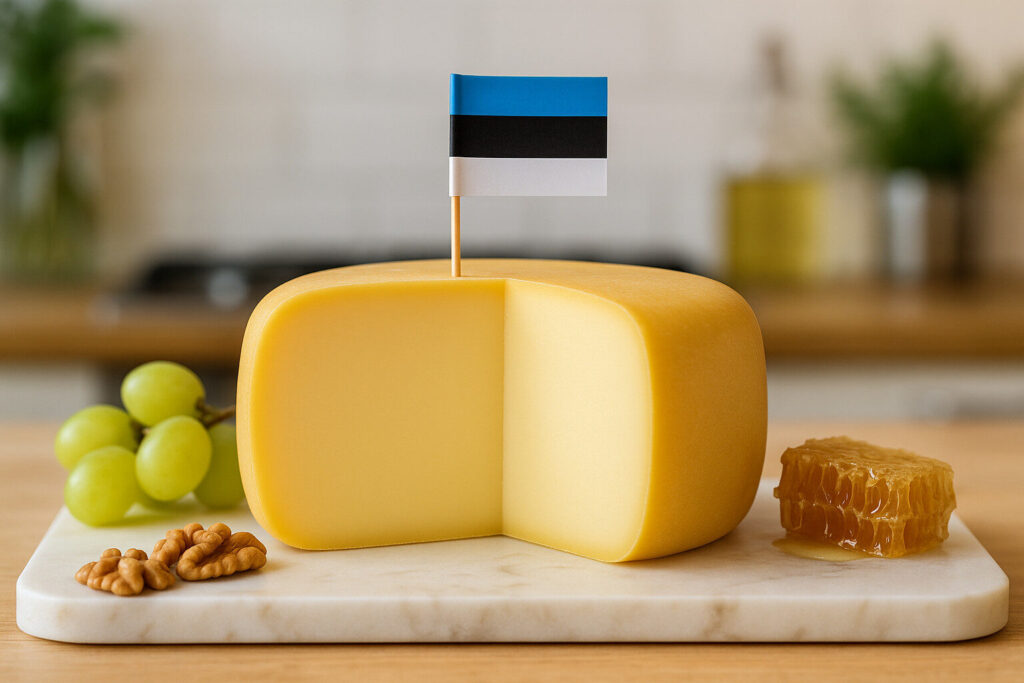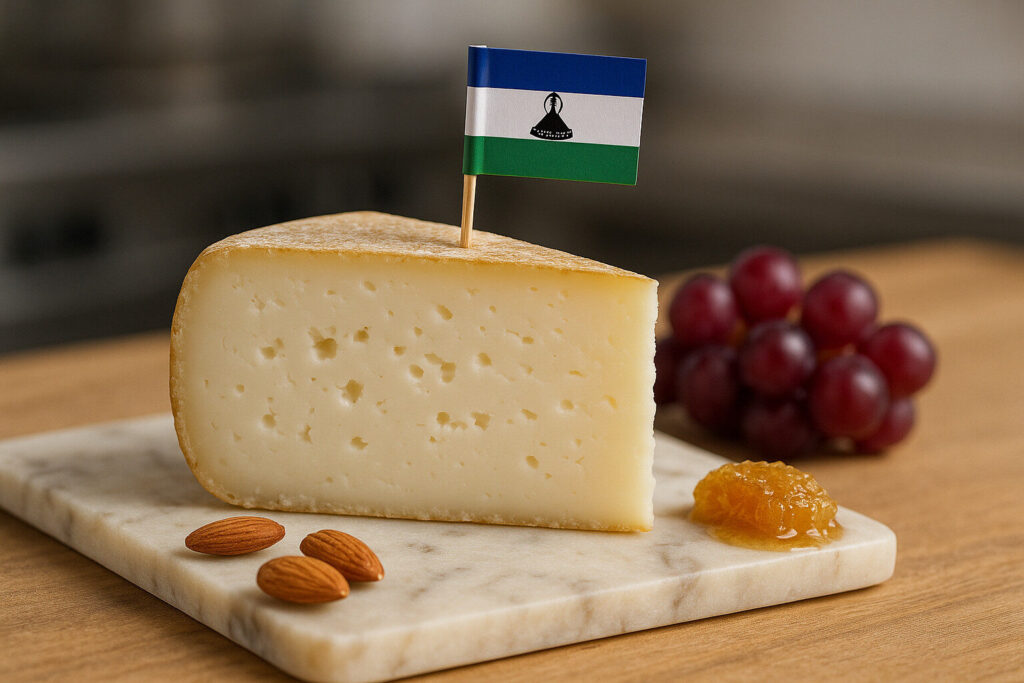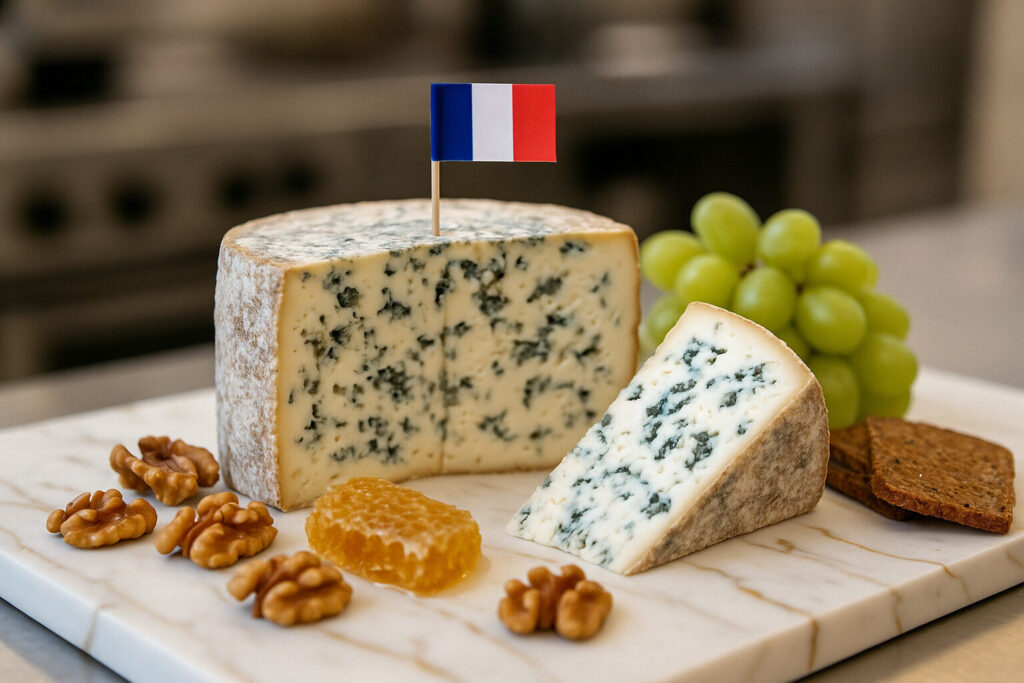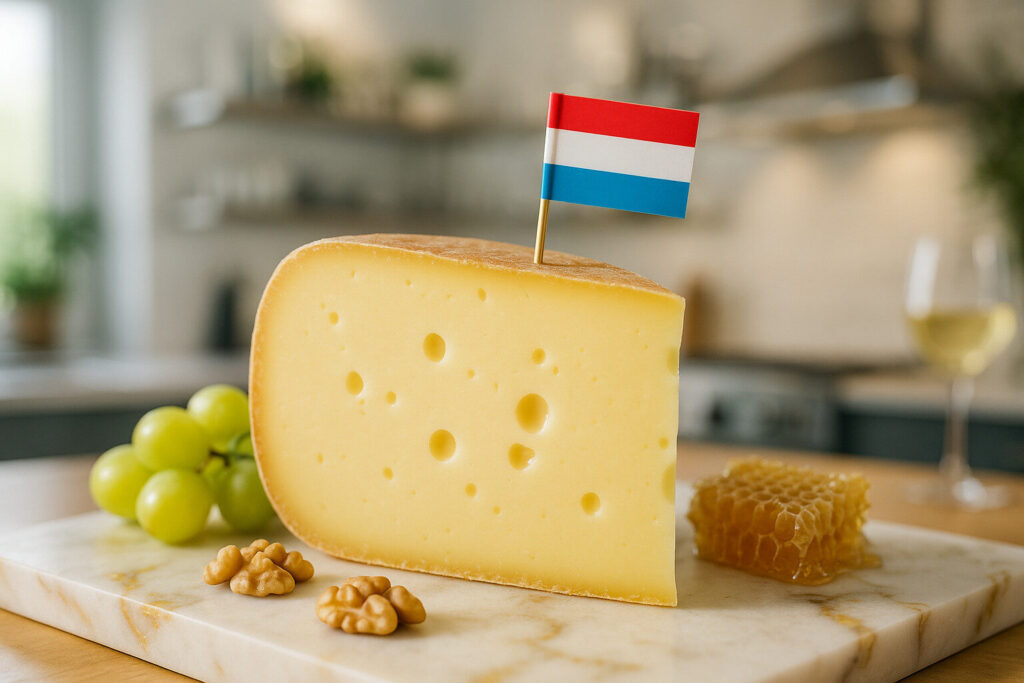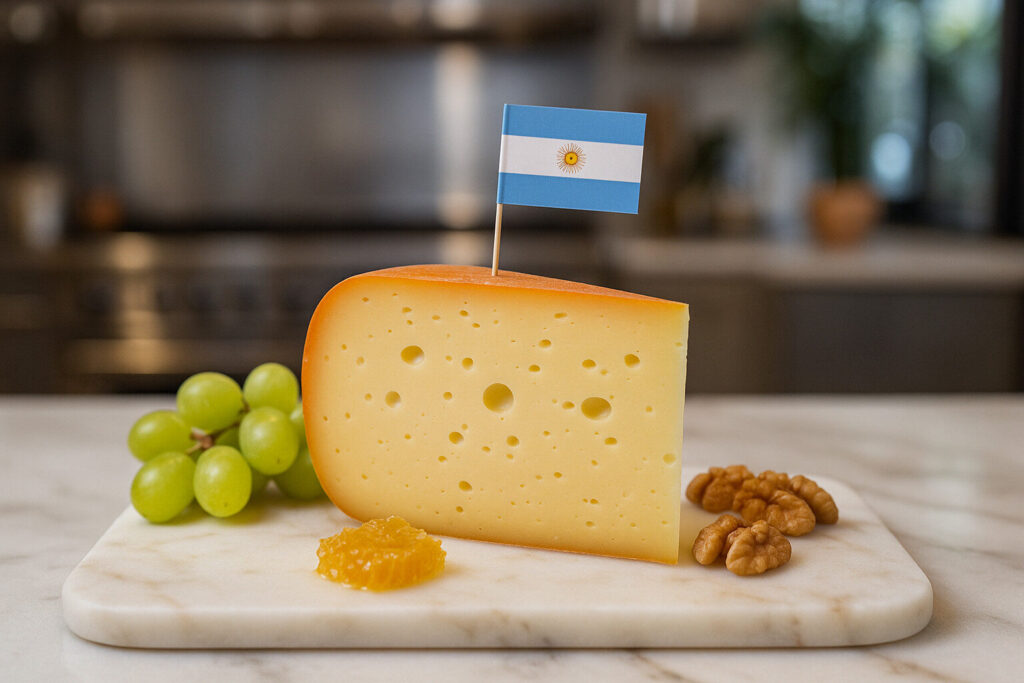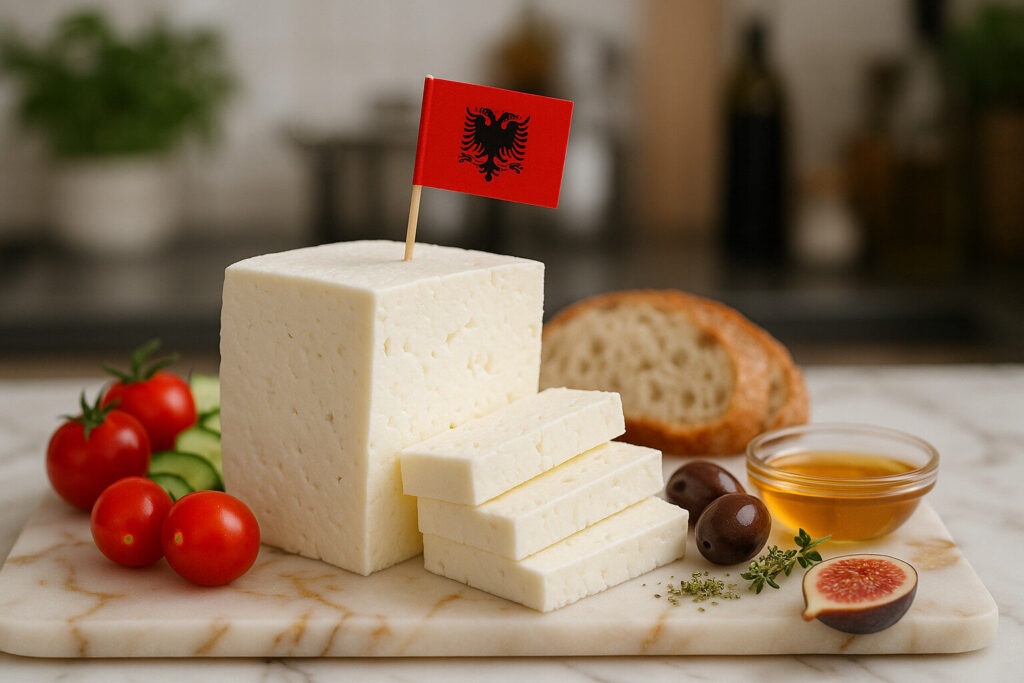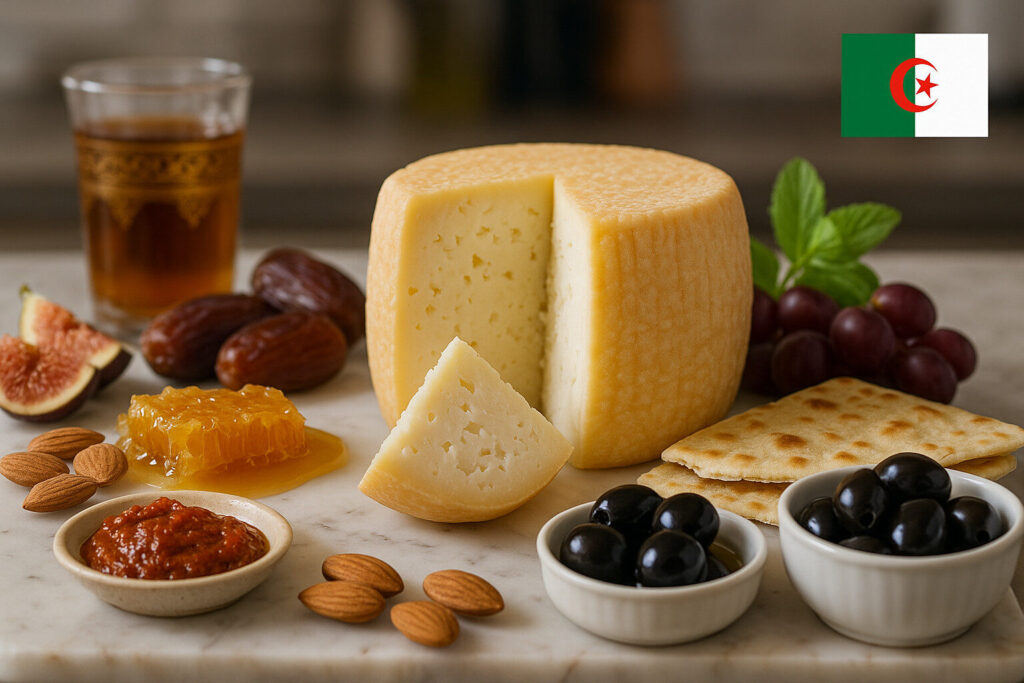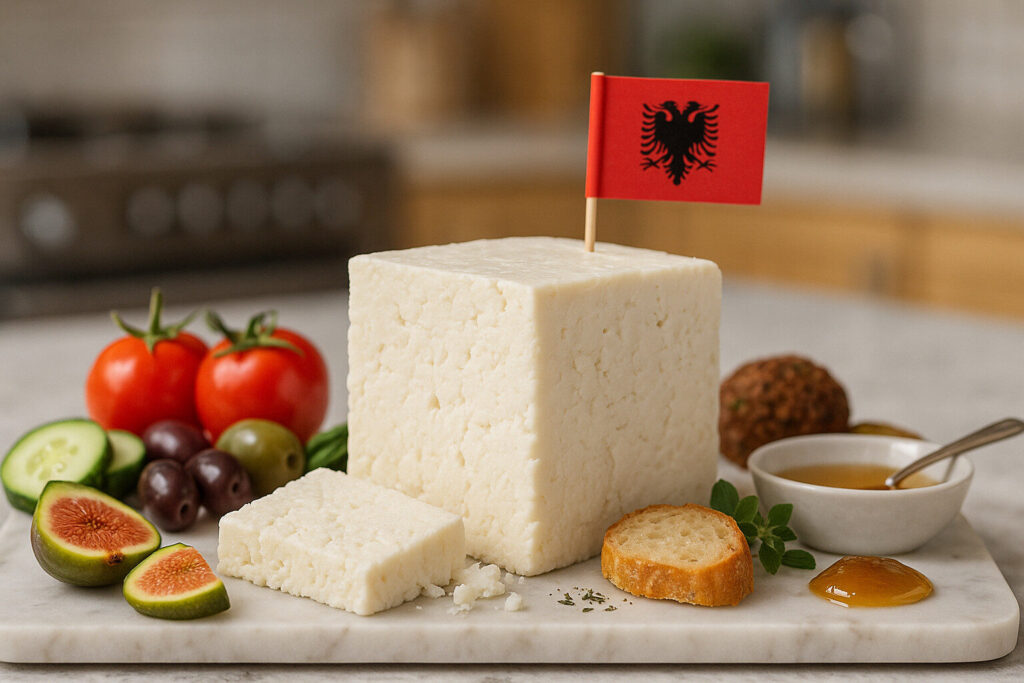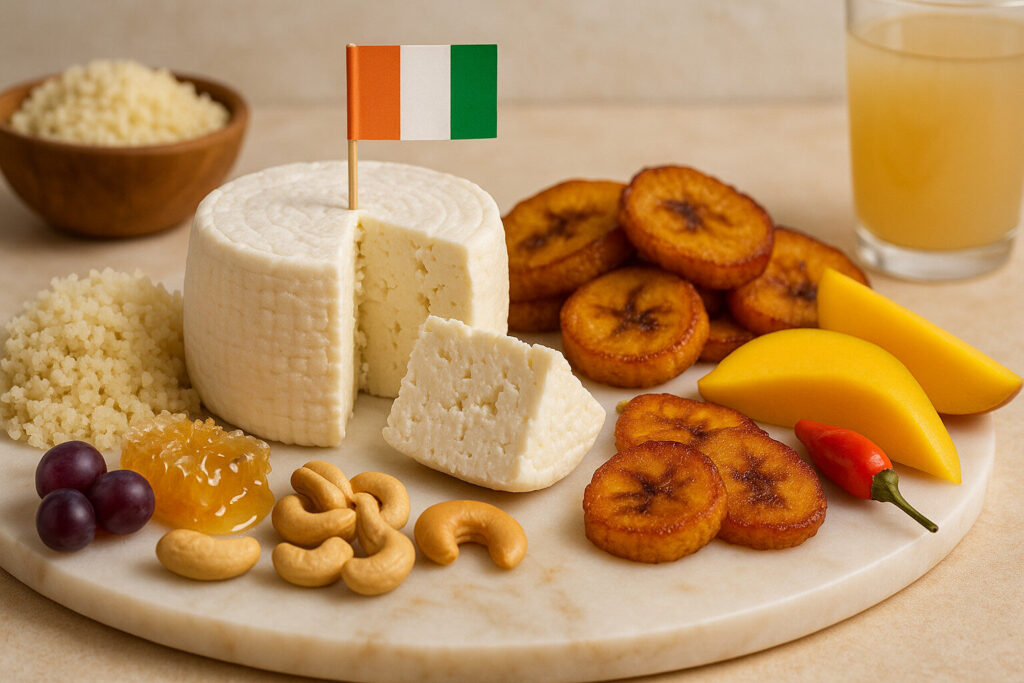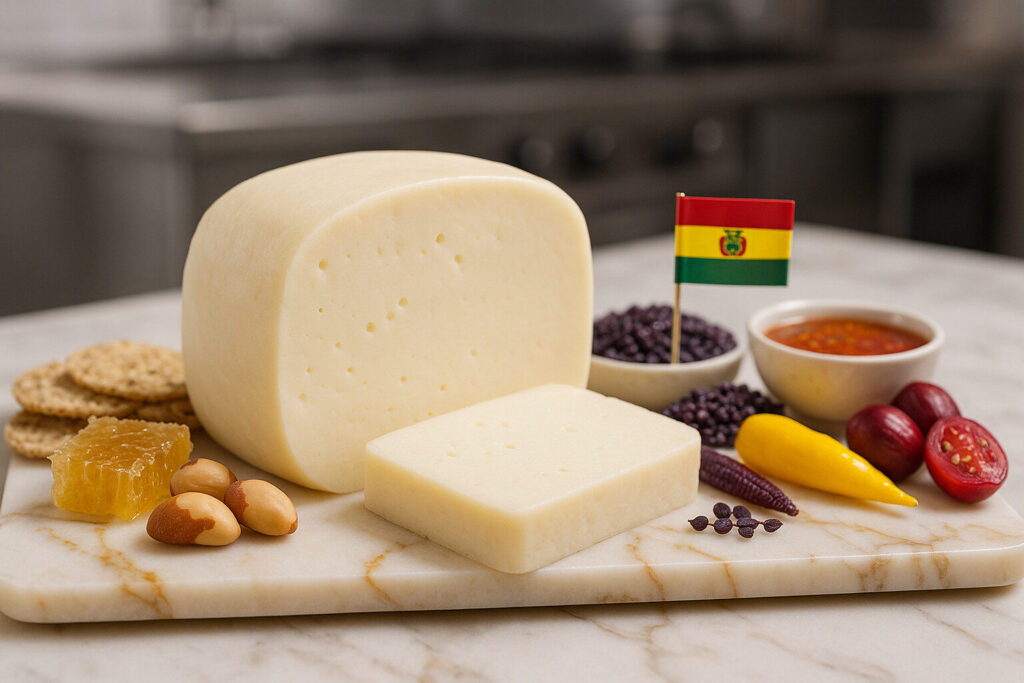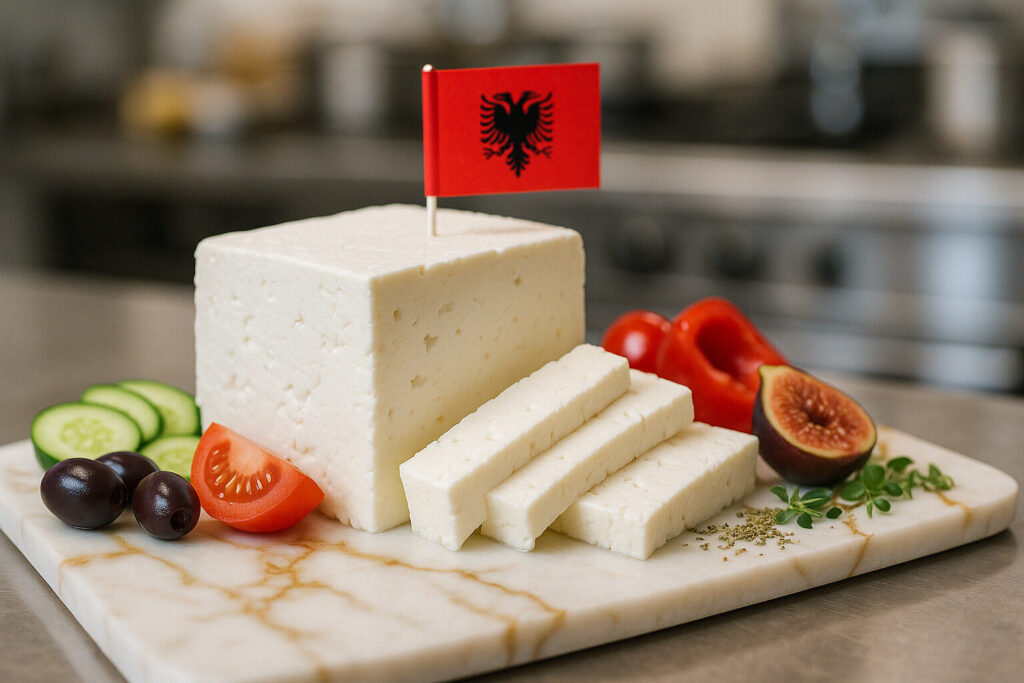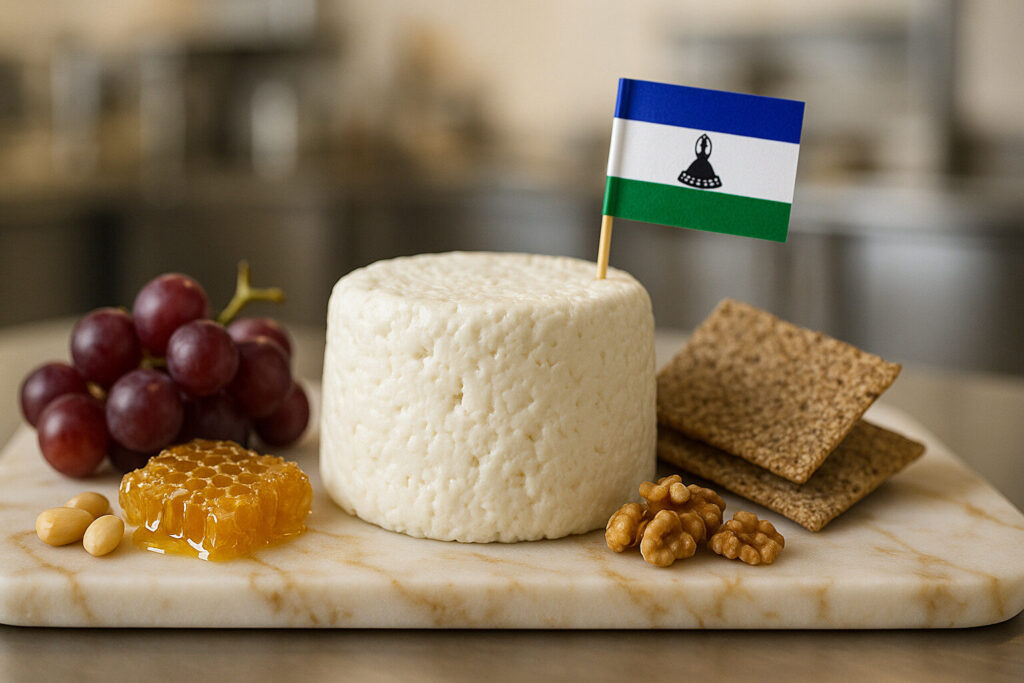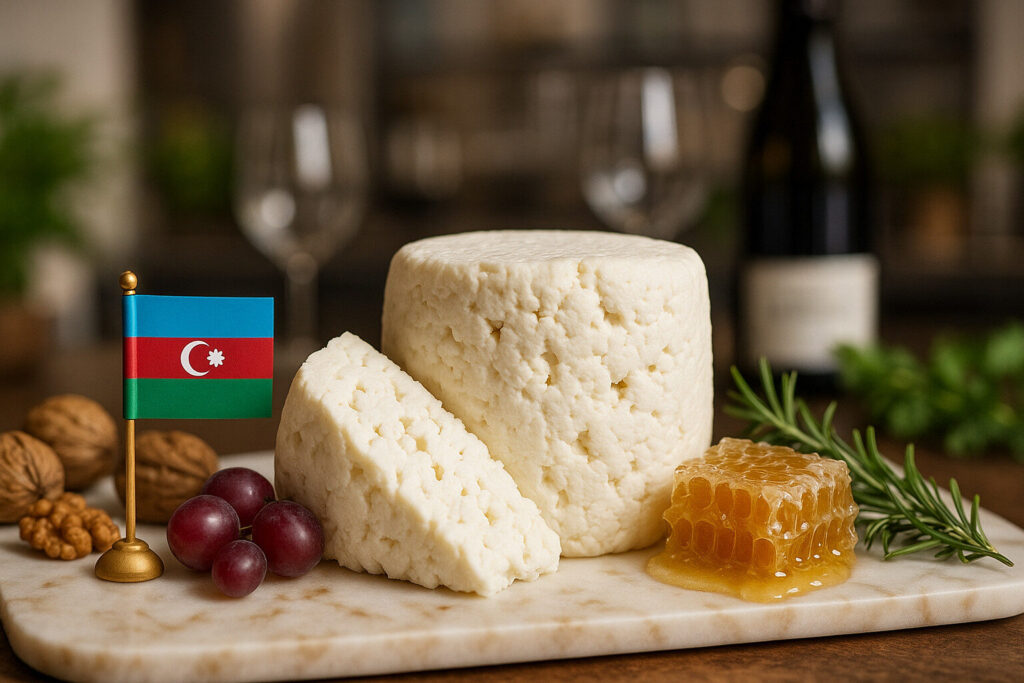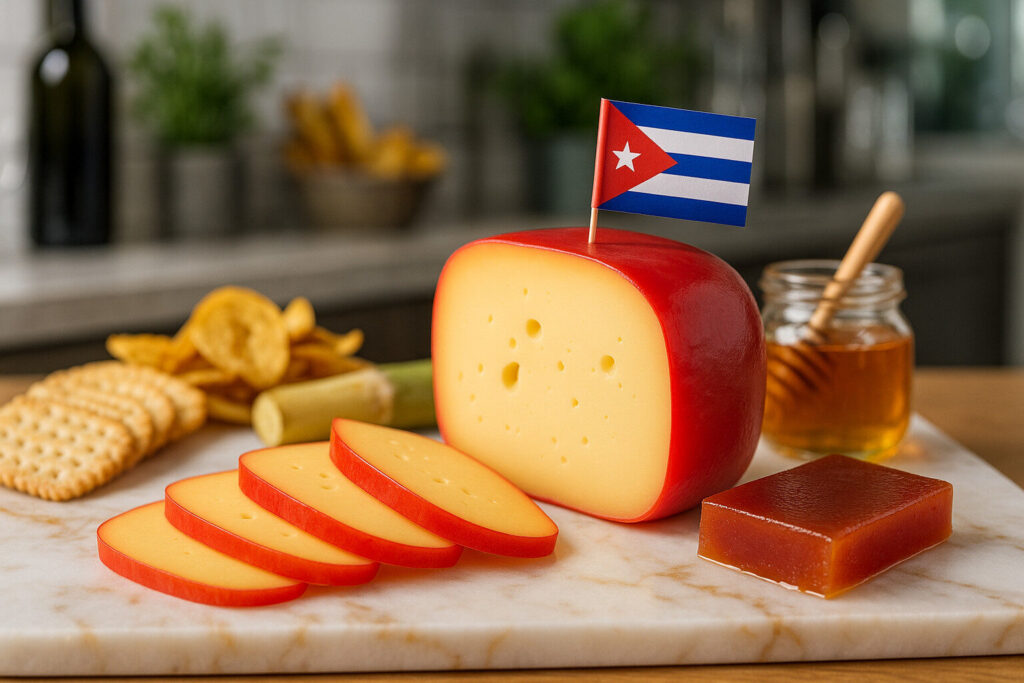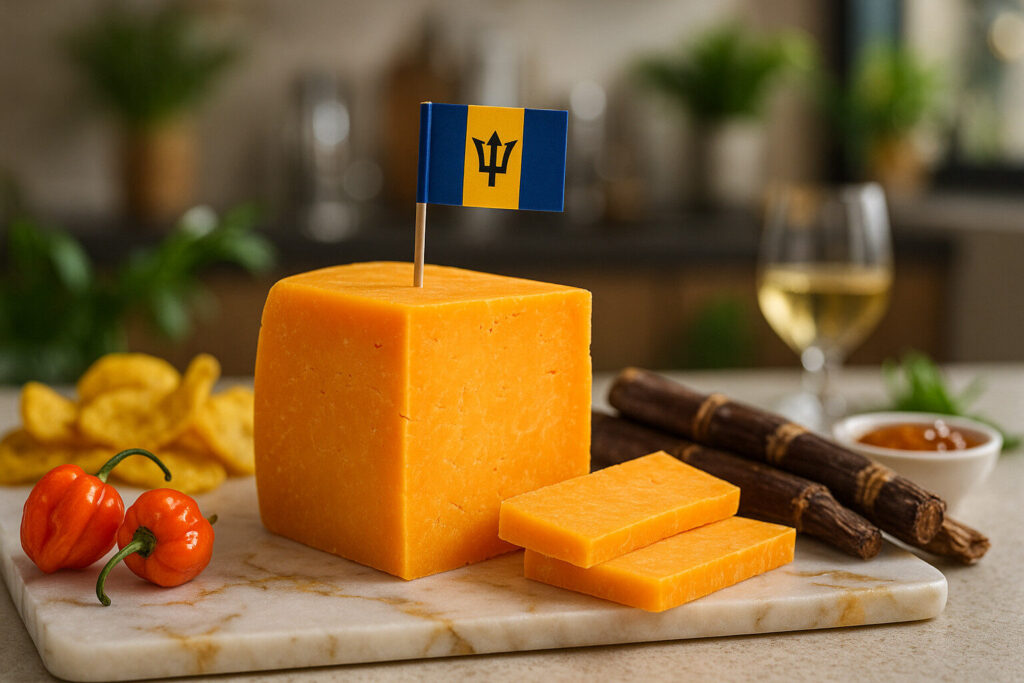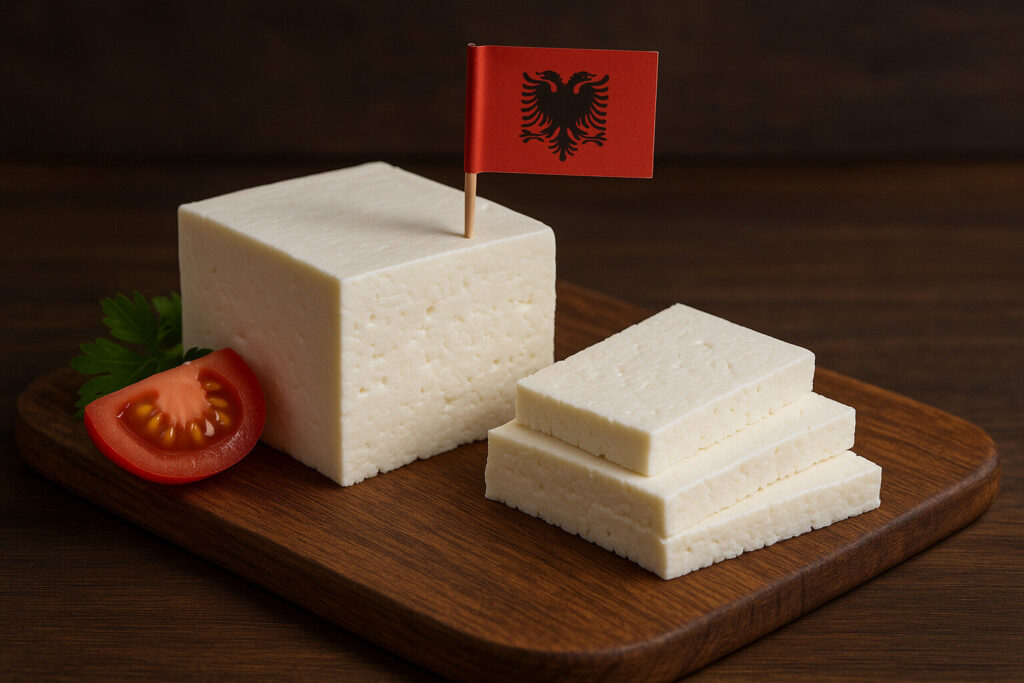Natural Rind Cheese
Natural Rind Definition and Scope
A natural rind forms through the natural dehydration and microbial activity on a cheese’s exterior during aging. This rind type develops without added coatings, waxes, or extensive washing, relying on ambient conditions and the cheese’s own microflora. It represents a traditional cheese-making approach where the rind is an integral part of the product’s identity and preservation.
Natural rinds are common in aged artisanal cheeses like cloth-bound cheddars and certain French tomme styles. The rind’s appearance can vary from dusty and mottled to rugged and earthy, depending on aging environment factors. Cheesemakers carefully control humidity and temperature to encourage proper rind formation without excessive mold growth.
Natural Rind Production Process
Production begins with formed cheese curds that are salted and placed in aging caves or cellars with specific humidity levels, typically between 80-95%. The cheese develops its protective coating as moisture evaporates from the surface and natural molds establish themselves. Regular turning ensures even rind development and prevents moisture pooling.
During aging, cheesemakers may lightly brush the surface to remove excess mold or distribute natural yeasts. This minimal intervention distinguishes natural rind cheeses from washed-rind varieties that receive regular brine applications. The process can take several weeks to many months depending on the desired final product characteristics.
Sensory Profile of Natural Rind Cheeses
Natural rind cheeses typically exhibit earthy, mushroomy aromas with sometimes musty or cellar-like notes. The interior paste often contrasts with the rind, showing cleaner, more focused flavors that highlight the milk’s origin. Textures range from firm and crystalline in longer-aged varieties to semi-firm in younger examples.
Flavor complexity develops through enzymatic breakdown and concentration during the extended aging period. The rind itself contributes to the overall tasting experience, though many consumers choose to remove it before eating. These cheeses often display mineral notes and umami characteristics that intensify with proper aging.
Culinary Uses and Handling
Natural rind cheeses perform well on cheese boards where their rustic appearance provides visual appeal. They pair excellently with crusty breads, nuts, and full-bodied wines that can stand up to their robust flavors. Cooking applications include grating over dishes or melting into sauces where their concentrated flavors add depth.
Proper storage requires wrapping in cheese paper or waxed paper to maintain humidity balance while allowing the cheese to breathe. These cheeses should be served at room temperature to fully express their aromatic qualities. The rind is generally edible but may be removed based on personal preference and the specific cheese variety.
Regional Examples and Traditions
France produces numerous natural rind cheeses including Tomme de Savoie and Cantal, which develop characteristic grayish rinds in mountain caves. English territorial cheeses like Lincolnshire Poacher and Montgomery’s Cheddar feature natural rinds formed during cloth-bound aging. These regional examples reflect local microbial environments and centuries-old techniques.
Italian natural rind cheeses include Bra Duro and aged Pecorino varieties that develop hard, natural crusts during extended maturation. American artisanal producers have adapted these traditions, creating natural rind cheeses like Jasper Hill’s Cabot Clothbound Cheddar. Each region’s specific climate and aging facilities contribute unique characteristics to the final rind development.

